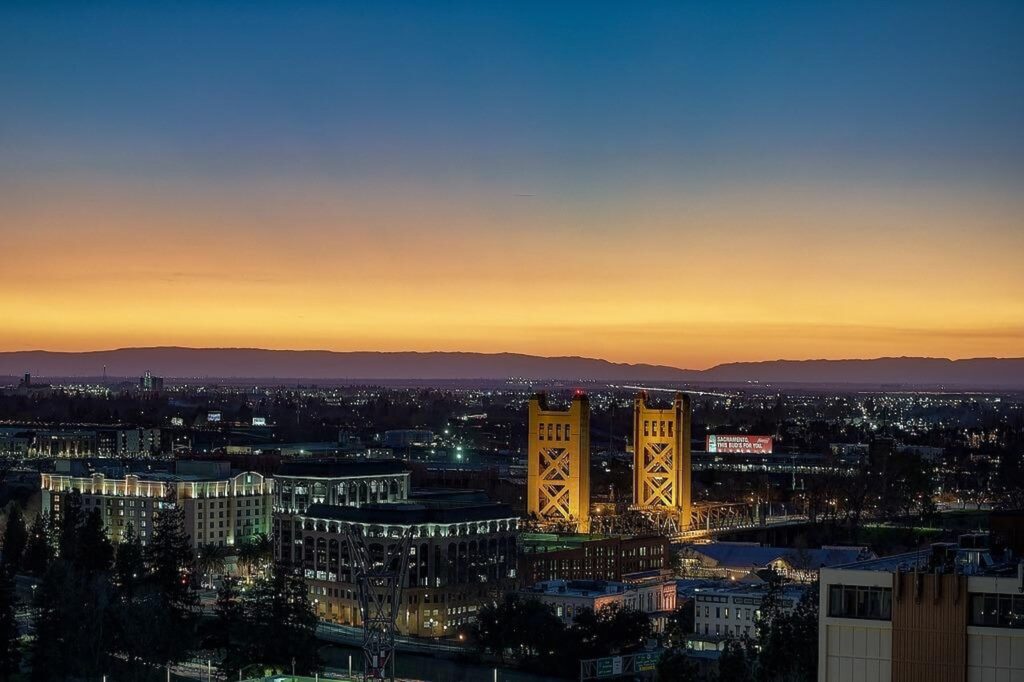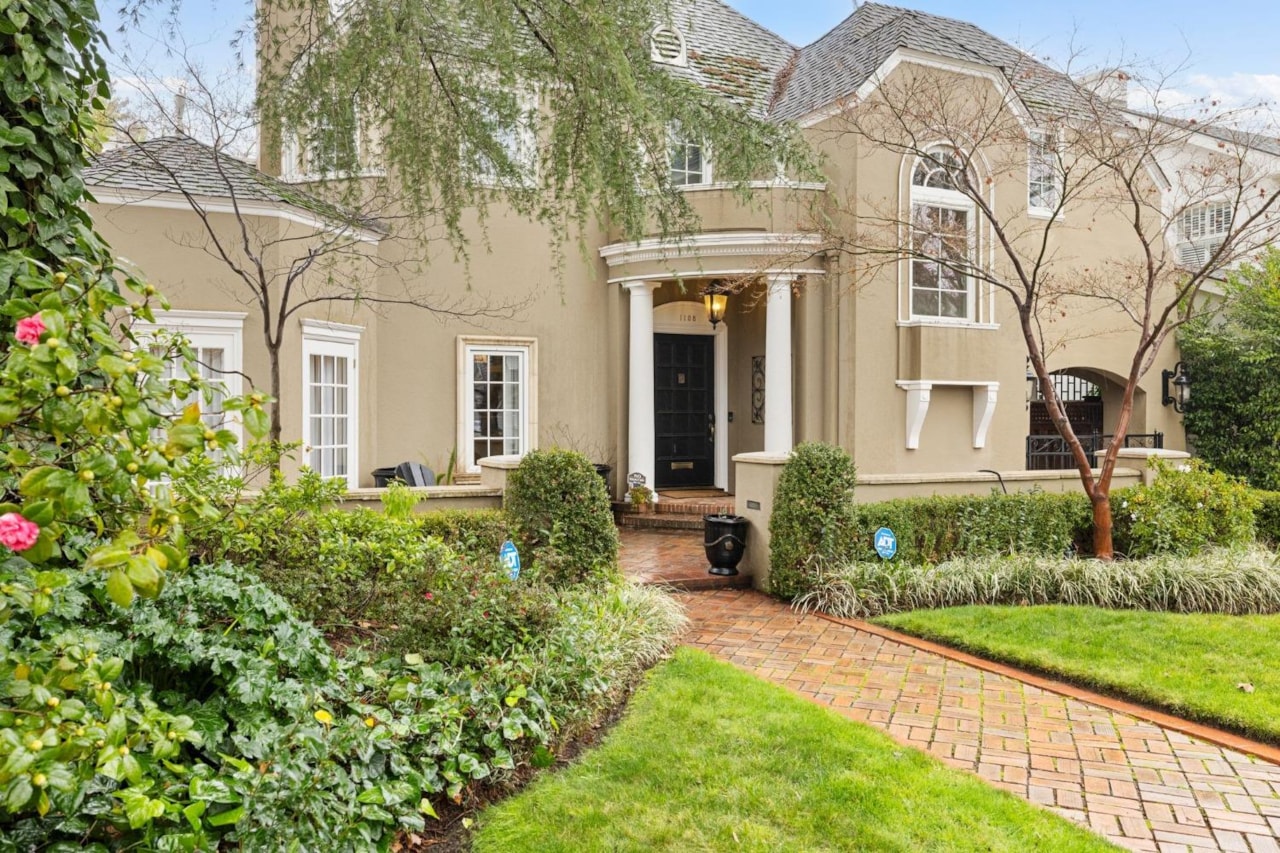Whether you’re a homeowner sweating rising property taxes, a renter juggling steep monthly costs, or a hopeful buyer scrolling Zillow late at night, you’ve probably felt it: our city’s housing market is a pressure cooker.
Median home prices are dancing between $488K and $550K, per Realtor.com and recent market snapshots, while rent averages hover around $1,900 a month. For a place that’s long been the “affordable” escape from San Francisco or Los Angeles, this shift stings.
So, what’s driving it? Are developers building for the elite while leaving the rest of us in the dust? And is Sacramento’s leadership letting it happen—or worse, cheering it on? Let’s unpack this mess, step by step, and figure out what it means for our city in 2025.

The Affordable Housing Crunch: Sacramento’s Growing Pains
Sacramento’s not the sleepy capital it once was. Our population’s jumped nearly 10% since 2010, fueled by Bay Area transplants, remote workers, and families seeking a break from coastal prices. That’s thousands of new neighbors needing roofs over their heads. But here’s the problem: we’re not building fast enough.
Suneet Agarwal from Best Sac Homes Group recently highlighted California’s shortfall—needing 180,000 new homes annually but barely hitting 80,000. Zoom into Sacramento, and it’s grim: housing inventory sits at a measly 1.5 months of supply when experts say 6 months is “healthy.” Too few homes, too many buyers—it’s basic supply-and-demand chaos.
For everyday Sacramentans—think teachers, baristas, or young couples—that $500K median price might as well be a million. Affordable housing, like subsidized apartments or starter homes under $300K, is vanishing faster than tickets to a Kings game.
Social Media users have been vocal about it, with one post calling Sacramento’s market “a crisis on steroids” and another lamenting, “This city’s turning into San Francisco 2.0, and I can’t afford either.” It’s not just whining—data backs it up. The National Low Income Housing Coalition says a Sacramentan earning minimum wage needs to work 79 hours a week to afford a modest one-bedroom. That’s not living; that’s surviving.
Developers in the Spotlight: Profit Over People?
So, who’s supposed to fix this? Developers—the ones with the cranes and blueprints—should be part of the solution. But here’s where the plot thickens: many argue they’re making things worse. In a city crying for affordable units, Sacramento’s skyline keeps sprouting luxury apartments and upscale townhomes. Why? Simple math—high-end projects mean bigger profits.
A glossy downtown condo selling for $700K beats a $250K starter home any day in a developer’s ledger.
Social Media posts have been buzzing with frustration, like one user fuming, “Why are we building empty penthouses while families sleep in cars?” Another quipped, “Developers don’t care about us—they’re just here to cash out.”
Look at Sacramento’s past for clues. The Golden 1 Center and Downtown Commons (DOCO) project promised a revitalized downtown when it opened in 2016. It delivered a slick arena and trendy shops, sure—but dig deeper.
Some contractors claimed they went unpaid, and social media chatter hints at a tight-knit circle of developers cozying up to city officials. Fast forward to today: are we seeing echoes of that?
New projects—like the R Street Corridor’s upscale lofts—look great on paper, but how many locals can afford them? Critics say developers have too much sway, steering Sacramento toward a glitzy future that leaves regular folks behind.

City Leadership: Whose Side Are They On?
This brings us to the million-dollar question (or $500K home question): is Sacramento’s leadership siding with developers over residents? The city’s not blind to the crisis—they’ve got big plans, like the Housing Element, aiming for 45,000 new units by 2029, with a chunk earmarked as affordable. Noble goal, right?
But progress is crawling. Permits for new single-family homes have tanked—down 50% in some recent years, per state data—while luxury builds seem to sail through approvals.
Why the disconnect?
Some point to zoning laws and bureaucracy. Sacramento’s got old rules—like single-family-only zones—that make dense, affordable projects a headache to build. Developers argue it’s easier (and cheaper) to slap up a high-end complex than fight for low-income permits.
Others, though, smell favoritism. Social media users have tossed around phrases like “backroom deals” and “developer puppets” when talking about city hall, though hard evidence is thin. Still, when you see downtown’s glossy facades while rents climb 5% year-over-year, it’s easy to wonder: who’s really calling the shots?
To be fair, Sacramento’s trying. The Sacramento Affordable Housing Trust Fund, run by the Sacramento Housing and Redevelopment Agency, pumps money into lower-cost projects. And remember former Mayor Kevin Johnson’s “1,000 infill homes” push? It aimed to fill vacant lots with affordable options—some succeeded, like in Oak Park.
But with home prices up 1.4% since last year and rents hitting $2,500 for a decent two-bedroom, these efforts feel like a Band-Aid on a broken leg. Are leaders too timid, or are developers just too powerful?
The Real Impact on Sacramento Residents
Let’s bring this home—literally. If this affordable housing crisis keeps simmering, here’s what we’re facing:
- First-time buyers: That dream of owning a bungalow in Curtis Park? Fading fast. With prices climbing and inventory low, many are stuck renting or moving to cheaper spots like Roseville.
- Renters: Costs are brutal—$1,900 might get you a cramped one-bedroom, and $2,500-plus for anything family-sized isn’t rare, per X gripes. Eviction fears loom as wages lag.
- Neighborhoods: Gentrification’s creeping in. Midtown’s hip vibe and Oak Park’s revival come with a catch—longtime residents get priced out as flippers and investors swoop in.
- Equity gap: Homeowners sitting on $200K in equity feel rich, but those locked out see the wealth divide widen.
It’s not all bleak, though. Sacramento’s still cheaper than LA (median $750K) or SF ($1.3M), and remote work keeps drawing buyers from pricier hubs. Our job market—despite hiccups like Intel’s Folsom layoffs—holds steady with state jobs and tech growth. But if developers keep prioritizing luxury and leaders don’t push back, Sacramento risks losing its “everyman” charm.

Voices from the Ground: What Sacramentans Are Saying
I scrolled a few social media platforms to get a pulse on this, and the heat’s real. One user posted, “Sacramento used to be where you could start over—now it’s just another rich playground.” Another vented, “City council’s asleep while developers laugh to the bank.” There’s skepticism too—someone asked, “Are these ‘affordable’ units even affordable, or just PR?” Fair point: “affordable” often means 80% of median income, still out of reach for many.
But there’s hope in the chatter too. Some praised local nonprofits like Habitat for Humanity Sacramento, building homes for low-income families. Others floated wild cards, like taxing vacant luxury units to fund rentals. It’s raw, messy, and very Sacramento—people care, even if they’re mad.
Solutions: Can We Fix This?
So, how do we wrestle Sacramento’s future back? No silver bullet, but here are some ideas—and I’d love your take:
- Mandate Affordable Units: Force developers to include a percentage of low-cost homes in every project. California’s “density bonus” law helps, but Sacramento could get tougher—say, 20% affordable per build.
- Zoning Overhaul: Loosen rules to allow more duplexes, triplexes, and apartments in single-family zones. It’s controversial—NIMBYs hate it—but it could flood the market with options.
- Tax Incentives: Sweeten the deal for developers who prioritize affordable over luxury. Less profit per unit, sure, but volume could balance it.
- Resident Power: Amplify community input at city council meetings. If leaders hear us loud and clear, they might rethink who they’re serving.
- Creative Funding: That idea about taxing vacant luxury units? Not crazy—use the cash to subsidize rentals or down-payment help.
The clock’s ticking. Sacramento can stay a place where teachers, artists, and families thrive—or slide into a market where only tech bros and trust funds win.
Developers and leaders have their roles, but we do too.
Check out the latest housing update from Suneet Agarwal at Best Sac Homes Group
To make it more affordable would you share a house with a stranger?




